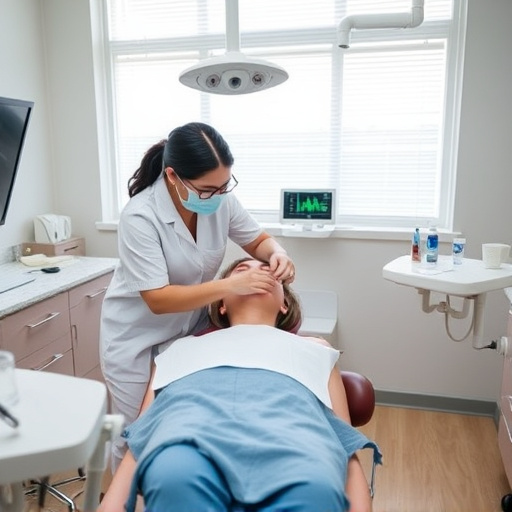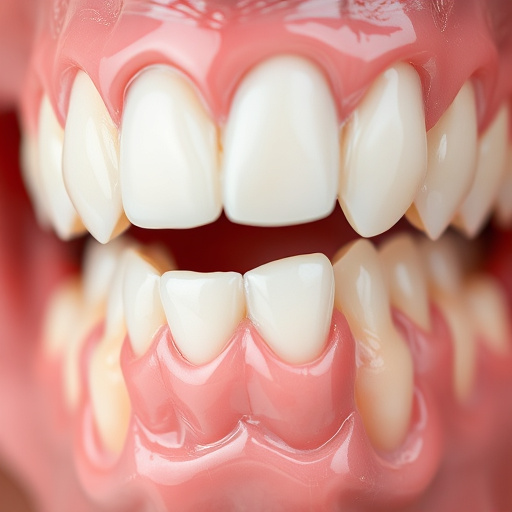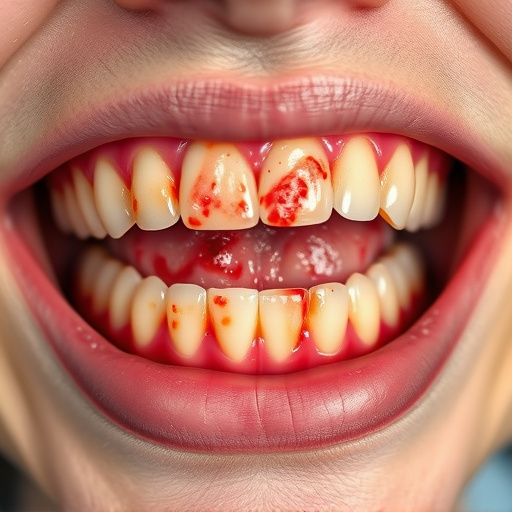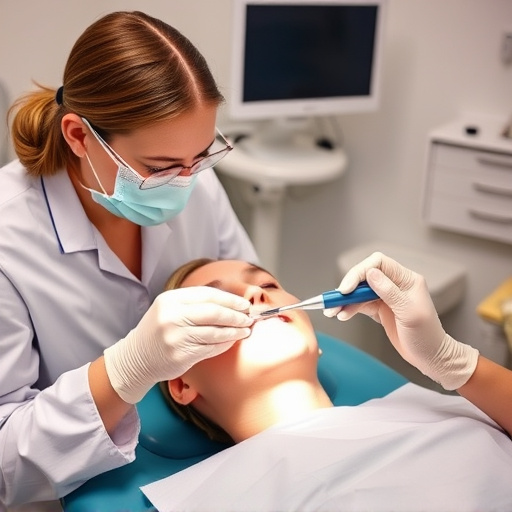After a root canal treatment, expect temporary sensitivity, mild pain, and swelling as your mouth heals. Manage discomfort with medication, cold compresses, and soft foods. Regular dental check-ups and excellent oral hygiene are vital for long-term success and prevention of future infections.
After undergoing a root canal treatment, proper healing and aftercare are essential for a successful outcome. This article delves into the intricate process of healing, guiding you through the initial recovery period. We’ll explore what to expect in the first few days, from discomfort management to dietary recommendations. Furthermore, learn about long-term care strategies to prevent future infections and ensure your dental health. Understanding these steps is crucial for a seamless transition following root canal treatment.
- Understanding the Healing Process After Root Canal
- What to Expect During the First Few Days of Recovery
- Long-Term Care and Prevention for Future Infections
Understanding the Healing Process After Root Canal

After a root canal treatment, understanding the healing process is key to a successful recovery. It’s important to know that your mouth will naturally heal over time, but it does require some care and patience. In the initial stages, the treated area may feel sensitive or slightly painful for a few days. This is normal as your body responds to the procedure.
The healing process involves the formation of a blood clot within the tooth’s root canal, which acts as a barrier against infection. During this time, it’s crucial to maintain good oral hygiene and avoid aggressive brushing or chewing near the treated area. Children’s dentistry professionals often recommend soft foods and gentle cleaning around the site until the sensitivity subsides. Restorative dentistry techniques, such as placing a crown, might be needed later to restore the tooth’s function and protect it from further damage, ensuring long-term health and comfort.
What to Expect During the First Few Days of Recovery

After your root canal treatment, it’s normal to experience some discomfort and swelling during the first few days of recovery. This is a natural part of the healing process as your body responds to the procedure. You might notice sensitivity in the treated area, especially when eating or drinking something hot or cold. Over-the-counter pain relievers can help manage any pain effectively.
Swelling is also common, and it’s advisable to apply a cold compress for the first 24 hours to reduce inflammation. Avoid strenuous activities during this time as they could increase bleeding and swelling. Stick to soft foods and warm beverages to aid in healing. Remember, these symptoms are temporary, and your tooth will gradually heal over the next few weeks, ensuring a successful root canal treatment outcome. For any persistent or severe pain, contact your dentist; they might recommend an emergency dental care visit or suggest alternative solutions like cosmetic fillings or tooth repair for optimal oral health.
Long-Term Care and Prevention for Future Infections

After successful root canal treatment, proper long-term care is essential to prevent future infections and ensure sustained oral health. Regular routine oral exams with your family dentistry or emergency dental care provider are crucial in monitoring any potential issues. During these visits, your dentist can assess the treated area, check for signs of inflammation or infection, and provide tailored aftercare advice.
Preventive measures such as maintaining excellent oral hygiene practices at home—including daily brushing and flossing—are vital to keeping the treated tooth healthy. Additionally, avoiding hard or sticky foods that might put excessive pressure on the tooth can help prevent future complications. Regular check-ups allow your dental care team to catch any problems early, ensuring prompt treatment and minimizing the risk of further infections or damage.
Root canal treatment, while potentially uncomfortable, is an effective procedure that requires proper aftercare for optimal healing. Understanding the post-treatment recovery process, including what to expect in the initial days, is crucial for a smooth transition back to good oral health. By following the long-term care guidelines outlined, you can significantly reduce the risk of future infections and maintain a healthy smile. Remember, prompt action and diligent hygiene practices are key to ensuring your root canal treatment success.














